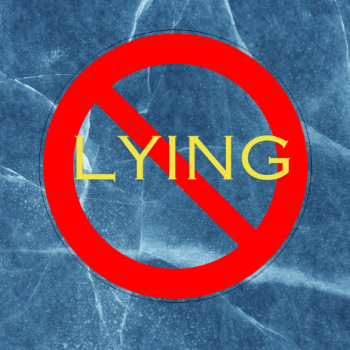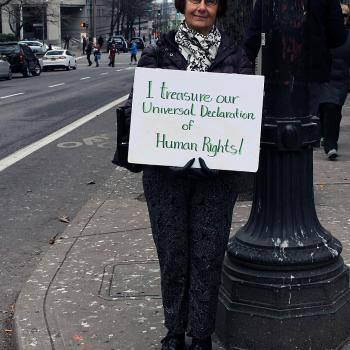by Jesse James DeConto
Christian Century
The class on spiritual autobiography was examining the inside cover of a narrative written by a former slave, Olaudah Equiano, in the 18th century. One of the students, Garcia Burnette, noticed that the page included a regal portrait of Equiano holding a Bible open to the book of Acts. He suggested that this could be a reference to Acts 12, in which Peter is delivered from Herod’s prison. Burnette also noticed that another edition of the book portrayed Equiano in a red gown. “The red is like scarlet,” he said, “a color of power.”
“That’s very insightful,” said Willie Jennings, a professor at Duke Divinity School who was leading the class that day. “All of this is purposeful. [Equiano] wants to make sure he is interpreted as a full equal in society.”
“Right,” said Burnette. “Not just a slave or a savage.”
Burnette was not the usual attentive seminary student, nor was this discussion taking place in the usual seminary classroom. He was a prisoner, incarcerated for breaking and entering, and the class was held in the Durham Correctional Center. Through a program at Duke Divinity School, Burnette was engaged in theological study alongside seminary students.
The idea of having divinity students taking classes with prisoners, reading and discussing the same material, emerged a decade ago at Vanderbilt Divinity School in Nashville through the efforts of prison activist Harmon Wray. Since then, Drew Theological School in New Jersey, Union Theological Seminary in New York and Duke Divinity have developed similar programs.
Read more here















